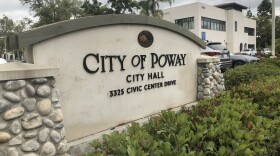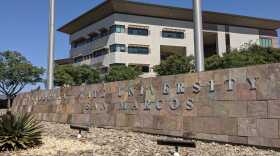SACRAMENTO, Calif. (AP) -- California's unemployment rate dropped in March to 9.4 percent as job growth in the state continued to outpace the nation, figures released Friday show.
The rate represented a drop from 9.6 percent in February and from 10.7 percent during the same period a year ago. California has added 286,000 jobs in the past 12 months.
The decrease in March put California's unemployment rate at the lowest level since December 2008, a year after the recession began.
However, California still has the third-highest jobless rate in the country. The state is tied with Mississippi, and ranks behind Nevada, at 9.7 percent, and Illinois, at 9.5 percent.
The national unemployment rate decreased in March to 7.6 percent.
California added 25,500 jobs in March, with the largest gains in professional and business services, which added 15,800 jobs, and information-based companies, with 11,700 positions.
Construction, financial activities, educational and health services, hospitality and government also added jobs, according to the preliminary figures released by the state's Employment Development Department.
Trade, transportation and utilities posted the largest decreases, cutting a total of 8,400 positions. Mining, logging, manufacturing and other services also reported fewer jobs.
Colusa County, a farming region north of Sacramento, had the state's highest unemployment rate in March at 23.9 percent. Marin County was the lowest at 5.2 percent.
California continues to add jobs faster than the national rate, wrote Stephen Levy, senior economist at the Palo Alto-based Center for Continuing Study of the California Economy.
Statewide, the number of jobs has risen by 2 percent during the past 12 months, compared to 1.4 percent nationally. Levy said strong gains were made in Southern California, particularly in the movie industry.
"The California recovery remains led by coastal regions with the southern part of the state now joining the (San Francisco) Bay area in the recovery," he wrote.





